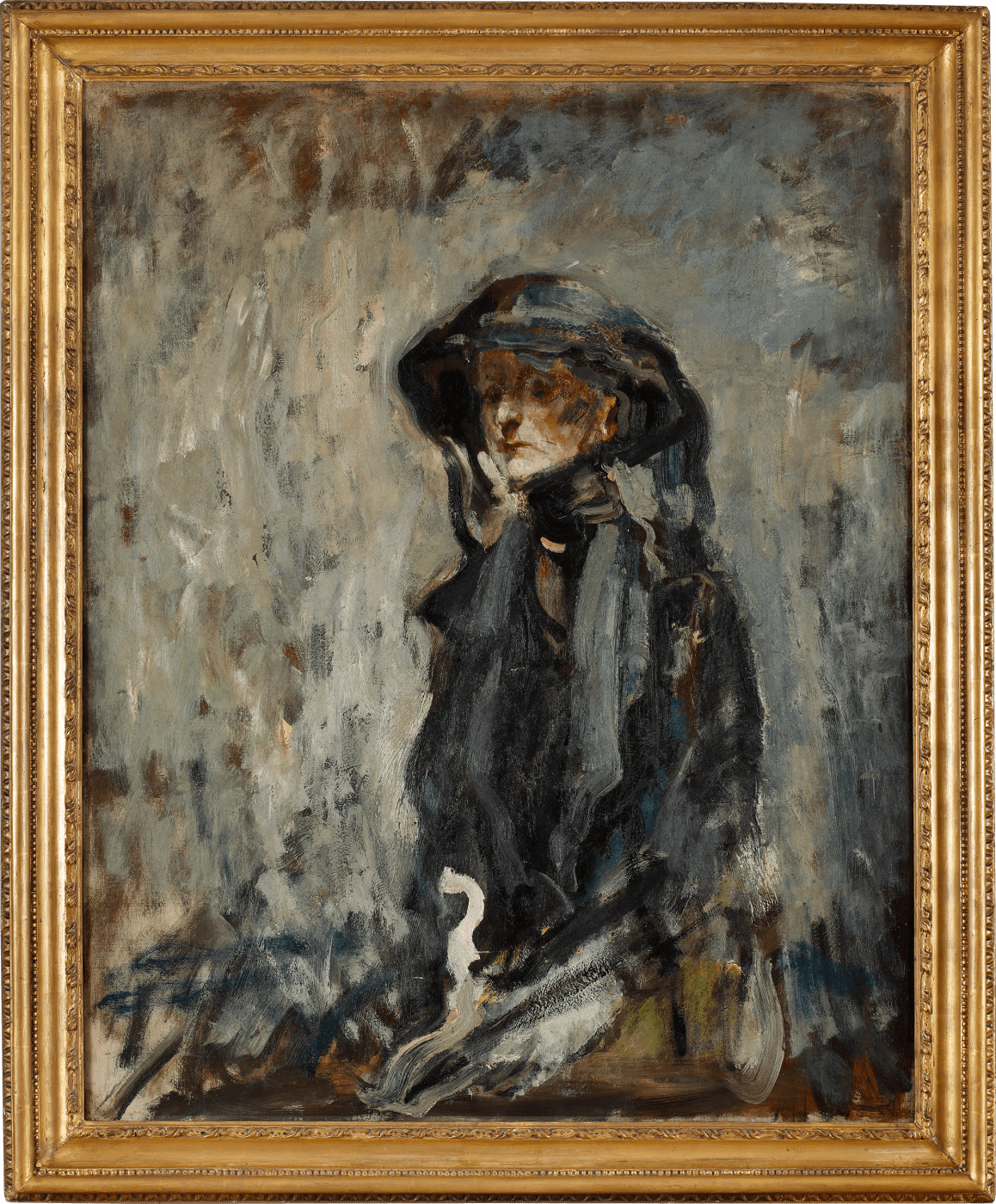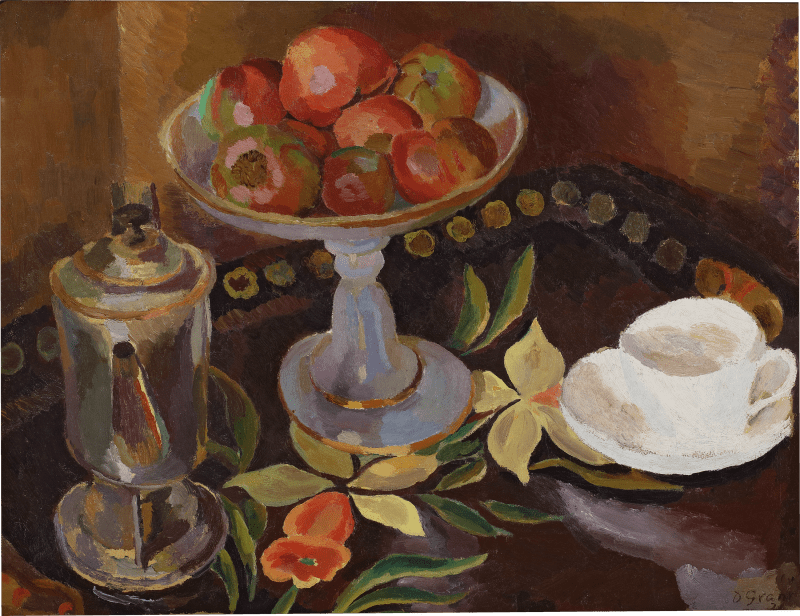Full Biography
‘...the most refined aspect of early twentieth century society will live on in his work, and that alone ensures his position in history’.
Ambrose McEvoy demonstrated his exceptional artistic abilities from a young age. Encouraged by his father, Captain Charles Ambrose McEvoy, and inspired by his father's great friend, James Abbott McNeill Whistler, McEvoy enrolled at the Slade School of Fine Art at the age of sixteen.[1] He studied at the Slade between 1893 and 1898 and afterwards rented a small flat in Danvers Street, Chelsea, where he lived and worked.
In 1898, he became romantically involved with the painter Gwen John (1876-1939), sister of artist Augustus John (1878-1961), and their painting style at this time share certain characteristics. McEvoy soon established himself as a gifted genre painter; he explored rolling landscapes and intimate interior scenes whilst attracting attention from wealthy patrons and collectors. During the mid-1910s, McEvoy ventured increasingly towards portraiture and the demand for his portraits rose concurrently.
In 1915 he exhibited his famous work Madame at the National Portrait Society and the following year he was commissioned to paint portraits of several prominent society figures including Consuelo, Duchess of Marlborough, Maude Baring. These high-profile commissions gained McEvoy considerable recognition and firmly established his position as a fashionable portrait painter.
Ambrose McEvoy demonstrated his exceptional artistic abilities from a young age. Encouraged by his father, Captain Charles Ambrose McEvoy, and inspired by his father's great friend, James Abbott McNeill Whistler, McEvoy enrolled at the Slade School of Fine Art at the age of sixteen.[1] He studied at the Slade between 1893 and 1898 and afterwards rented a small flat in Danvers Street, Chelsea, where he lived and worked.
In 1898, he became romantically involved with the painter Gwen John (1876-1939), sister of artist Augustus John (1878-1961), and their painting style at this time share certain characteristics. McEvoy soon established himself as a gifted genre painter; he explored rolling landscapes and intimate interior scenes whilst attracting attention from wealthy patrons and collectors. During the mid-1910s, McEvoy ventured increasingly towards portraiture and the demand for his portraits rose concurrently.
In 1915 he exhibited his famous work Madame at the National Portrait Society and the following year he was commissioned to paint portraits of several prominent society figures including Consuelo, Duchess of Marlborough, Maude Baring. These high-profile commissions gained McEvoy considerable recognition and firmly established his position as a fashionable portrait painter.
However, as with many artists, his career was interrupted by the First World War and in 1918 he was attached to the Royal Naval division as a war artist and posted to the Western Front and the North Sea.[2] Whilst there, McEvoy painted a number of portraits of military commanders, many of which are now in the collection and exhibited at the Imperial War Museum.
In the years following the First World War, McEvoy's career and reputation grew from strength to strength and he was soon heralded as one of the most successful and fashionable English society portrait painters of his day. His innovative style and florid methods endeared an emerging generation of young, wealthy and liberal-minded patrons. McEvoy's famed depictions of human character and beauty, particularly of women, became sought after and he maintained an illustrious list of clients spread between the United Kingdom and America, where he was represented for a period by the most celebrated international art dealer of the day, Lord Duveen.[3]
However, this youthful success was to take its toll on McEvoy and he died in 1927, aged forty-nine. Critics writing shortly after his death were in little doubt as to the significance of his work; 'the most refined aspect of early twentieth century society will live on in his work, and that alone ensures his position in history'.[4]
To this day, he has become famed for his depiction of women. In his obituary in The Times, he was praised for his ability to paint female subjects in a manner that was both visually appealing, but also bespoke the profundity of his 'thoughts about human beauty, particularly feminine beauty'.[5]
Such empathetic depictions have been acquired and sold by Philip Mould & Company over the years, including recent sales of works such as Mrs Samuel S. Howland.




























